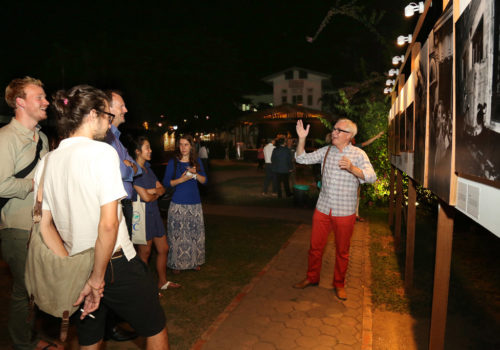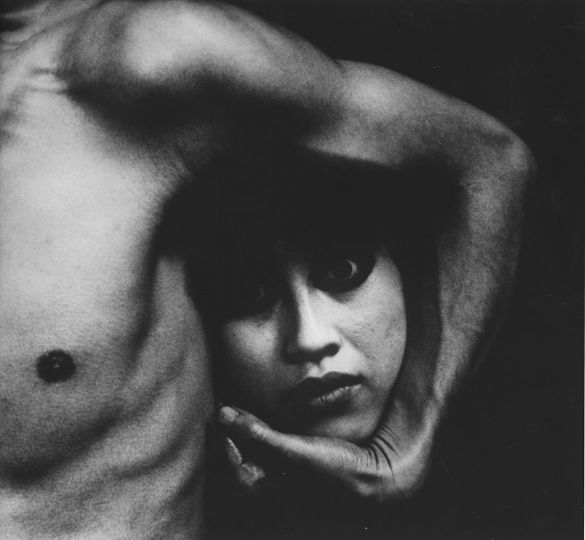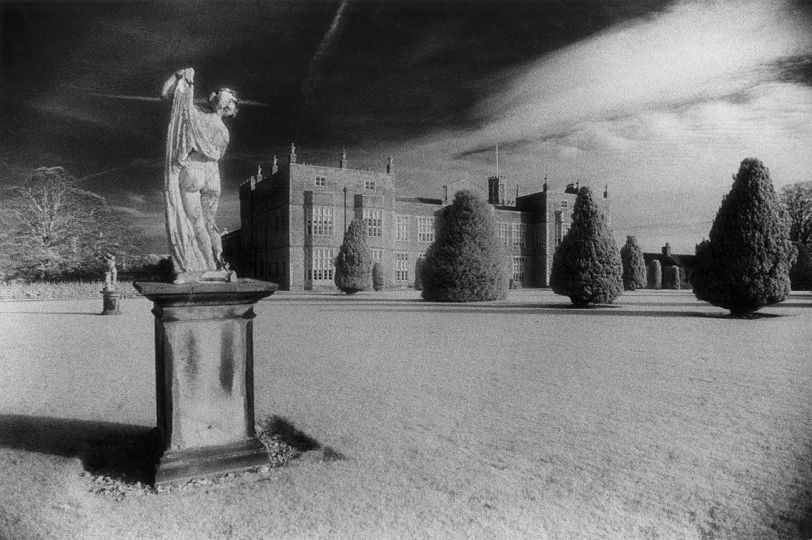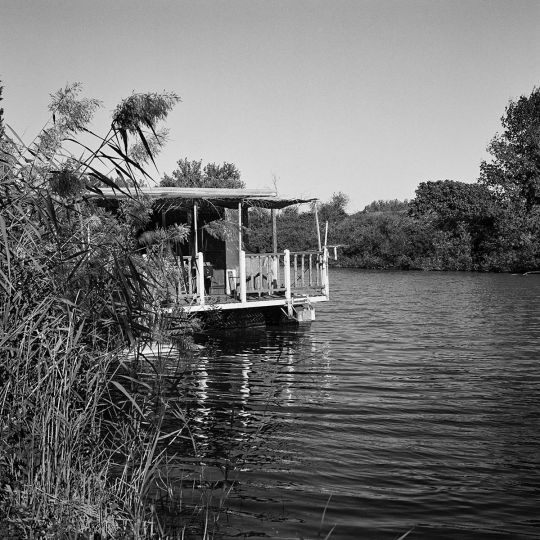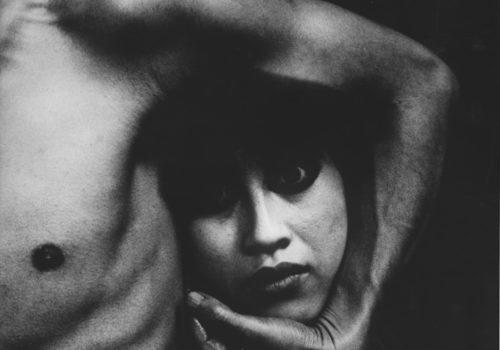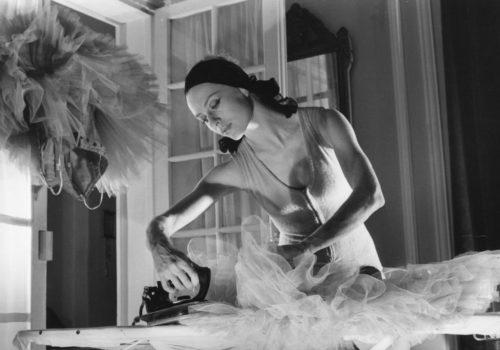The eighth edition of the Yangon Photo Festival kicks off with two powerful world premieres: World Press Photo 2016 presided over by the Chairman of the World Press Photo Foundation, Oswald Schwirtz, and the Gamma Agency’s 50th anniversary exhibition which I had the honor of inaugurating in the presence of the French Ambassador to Myanmar, Olivier Richard.
Across the street from the Gamma exhibition, on display at the Institut Français, the World Press panels offer Festival visitors 140 photos by the 2015 award winners: this is the 90th stop on the exhibition’s world tour since last April.
The Gamma exhibition was very well received in this country which has been at war since … 1939. The compelling photos by Gilles Caron, Michel Laurent, Sebastião Salgado, Noël Quidu, Françoise Demulder, Laurent van der Stock, François Lochon met with well-deserved appreciation. Fifty photos encapsulating fifty years of the agency — or thereabout, since due to the poor management of the agency by its successive directors, the exhibition covers mostly Gamma’s first forty years. But this does not diminish the quality of the presented documents.
The Gamma-Rapho group was also represented by Hans Silvester who exhibited his African Symphony at the Goethe Institute, featuring his wonderful photographs of the Omo Valley in Ethiopia. On the final night of the event, Hans will preside a jury that will present awards to the best emerging Burmese artists whose works have been screened in the gardens of the Institut Français before a dense crowd of 1,500 Burmese and expats.
The Festival founder and director, Christophe Loviny, selected several dozens photo-essays created by the young generation of Burmese photojournalists. Their work is being featured in a number of galleries around town and in the gardens of the Institut Français in the form of exhibitions or screenings. What is remarkable and original is that the photo-essays were produced as part of a master class offered by the Yangon Photo Festival Association. Sixty photo-essays were created thanks to the financial support of local sponsors such as Canon, BMW, and the Shwe Taung group.
Upon viewing these exhibitions, one quickly gets the impression that the featured photographers are able to express their talent without censorship and without restrictions. Freedom of expression has been in place since Aung San Suu Kyi assumed the leadership of the country, which has known little respite from the merciless war waged by the different armed factions. Many Burmese photographers have risked their lives to report on the conflict, such as the Hkun brothers, Minzayar Oo, and Soe Zeya Tun, the author of a shocking photo of soldiers beating a student protester, which should have won a World Press Photo award for masterfully capturing the expressiveness of every gesture.
The debate, as it happens, was focused one evening on the situation of reporters facing armed conflicts. It was attended by several Burmese journalists who put their lives in danger to report from tribal areas, such as J. Pain and Soe Zeya, who survived an ambush, or the “nameless” photographer who successfully infiltrated a military school for trainees aged under 12, where child soldiers learn the art of armed combat, and where the harsh discipline is matched only by similar programs run by ISIS.
When Chrstophe Loviny arrived in Yangon, by way of Angkor where he participated in the creation of the Photo Festival, his objective was not only to launch an annual event, but also to train photographers. Over eight years, nearly 500 young Burmese have been able to participate in photography workshops at the Institut Français. The transition to a new government, the guerilla warfare, and the typical aspects of Burmese life such as ruby or jade hunters or elephants, are themes explored by this new generation of gifted photographers who are now able to express themselves without restrictions, and with professionalism on par with their Western counterparts. For a country like Myanmar, this is quite astonishing if one considers how difficult it was to pull out a camera under the military dictatorship between 1988 and 2011.
Hkun Latt, a member of the Kachin ethnic minority in the North and aged only 19, was quickly hired by the Associated Press following his exhibition last year. Soe Zeya Tun is now working for Reuters. Both are very likely winners of a World Press Photo award in the near future.
Throughout the week, The Eye of Photography is going to bring you the coverage of the award ceremonies, taking you right into the midst of the Yangon Photo Festival. Experience Burma like nothing you’ve seen on tourist sites! All photos will have captions in English and Burmese.
INFORMATIONS
8th Festival Photo de Yangon
March 12 – 31, 2016
340, Pyay Road, Sanchaung Township
Yangon, Myanmar
http://www.yangonphoto.com
http://www.facebook.com/yangonphotofestival

